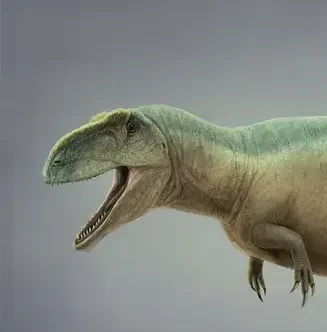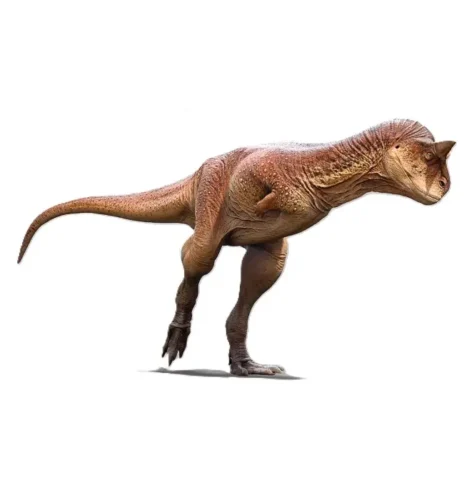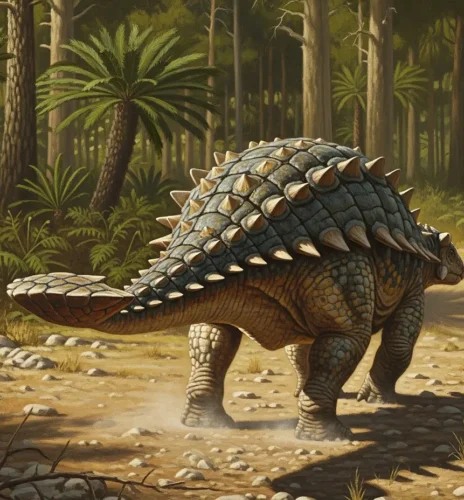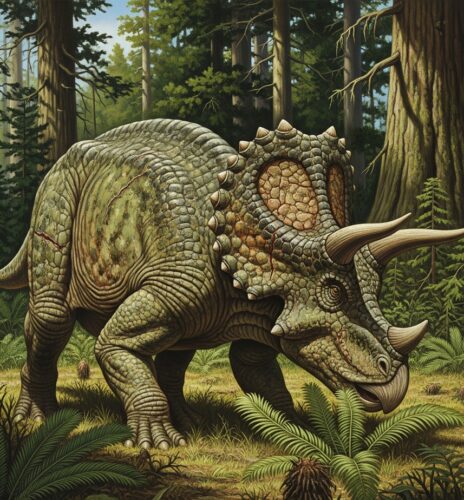While the name Tyrannosaurus rex often dominates discussions of giant carnivorous dinosaurs, the southern hemisphere harbored its own impressive apex predators. One such behemoth that deserves greater recognition is Tyrannotitan chubutensis, a carcharodontosaurid theropod that stalked the ancient landscapes of what is now Argentina during the early Cretaceous period. This “tyrant titan” was a formidable predator, and the ongoing discoveries surrounding it continue to paint a fascinating picture of dinosaur evolution and the distinct fauna of Gondwana.
Though not directly related to T. rex, Tyrannotitan occupied a similar ecological niche in its time and place, showcasing a remarkable example of convergent evolution. Its massive size and powerful build have cemented its place as one of the largest known terrestrial predators.
Here are five of the most intriguing facts about this awe-inspiring dinosaur:
1. A True Southern Giant: Tyrannotitan ranks among the largest known theropods, estimated to have reached lengths of around 12-13 meters (approximately 39-43 feet). While potentially slightly smaller than the largest Giganotosaurus or T. rex specimens, its sheer size would have made it a dominant force in its ecosystem. Its discovery in the Chubut Province of Argentina highlights the impressive scale of carnivorous dinosaurs that evolved in South America.
2. Serrated Blades for Teeth: Like other members of the Carcharodontosauridae family, Tyrannotitan possessed large, blade-like teeth with serrated edges. These “shark-toothed lizards” were equipped for slashing attacks, likely inflicting deep wounds on their prey and causing significant blood loss. The size and shape of Tyrannotitan‘s teeth provide valuable clues about its feeding strategies and the types of prey it hunted, which likely included large sauropods prevalent in the region.
3. Evidence from Fragmentary Finds: Our current understanding of Tyrannotitan is primarily based on a partial skeleton discovered in 2005. This holotype specimen includes parts of the skull, vertebrae, ribs, and limb bones. While not a complete picture, these fossils provide enough anatomical information to establish its size, classification, and key features. The ongoing efforts to uncover more Tyrannotitan remains are crucial for a more comprehensive understanding of its anatomy and biology.
4. A Cretaceous Contemporary: Tyrannotitan lived during the early Cretaceous period, approximately 121 to 112 million years ago. This places it in a fascinating time frame, predating the rise of the giant tyrannosaurids in the northern hemisphere. Its existence highlights the diverse evolutionary paths taken by large theropods across different continents. Sharing its environment with large sauropods and other herbivorous dinosaurs, Tyrannotitan likely played a pivotal role in shaping its ecosystem.
5. Unraveling Evolutionary Relationships: The discovery of Tyrannotitan has been crucial in understanding the evolutionary relationships within the Carcharodontosauridae family. Its unique combination of features has helped paleontologists to refine the family tree and understand the diversification of these giant predators in Gondwana. Comparing its anatomy with other carcharodontosaurids like Giganotosaurus and Mapusaurus reveals both shared traits and distinct adaptations.
Recent Discoveries and Findings:
Since the initial discovery of the holotype specimen, there haven’t been widespread announcements of newly discovered Tyrannotitan fossils. However, research continues to focus on the existing material and its implications:
- Comparative Anatomy and Biomechanics: Ongoing studies involve detailed comparisons of Tyrannotitan‘s bones with those of other large theropods. These analyses aim to understand its biomechanics, including its bite force, locomotion, and potential hunting strategies. Advanced imaging techniques and computer modeling are increasingly used to extract new information from the existing fossils.
- Paleoenvironmental Context: Researchers continue to study the geological layers where Tyrannotitan was found to reconstruct its paleoenvironment. Understanding the types of plants and other animals that coexisted with it provides crucial context for its role as a top predator. Evidence suggests a diverse ecosystem with large herbivorous dinosaurs that would have served as potential prey.
- Phylogenetic Analysis: Paleontologists continuously refine the evolutionary relationships of Tyrannotitan through phylogenetic analyses, incorporating new data from other carcharodontosaurid discoveries worldwide. These studies help to clarify its position within the family and its relationship to other giant theropods.
The story of Tyrannotitan is a testament to the incredible dinosaur diversity that once roamed our planet. While our understanding is currently based on a partial skeleton, the information gleaned so far paints a picture of a colossal predator that dominated the early Cretaceous of South America. As paleontological research in Argentina continues, there is high potential for future discoveries that will further illuminate the life and times of this southern titan.
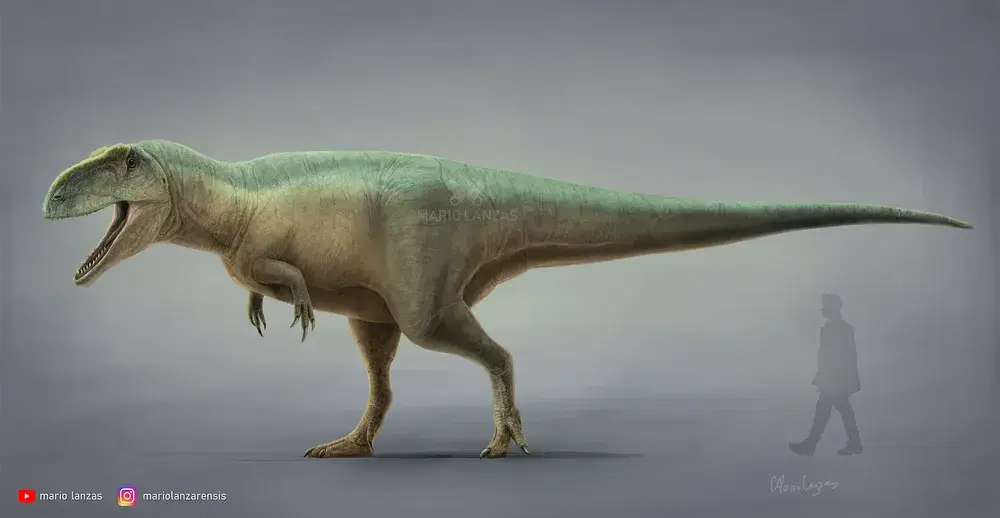
Resources:
- Novas, F. E., de Valais, S., Vickers-Rich, P., & Rich, T. H. (2005). A large Cretaceous theropod from Patagonia, Argentina, and the evolution of carcharodontosaurids. Naturwissenschaften, 92(5), 226-230.
- Canale, J. I., Scanferla, C. A., Agnolin, F. L., & Novas, F. E. (2009). The theropod Patagonykus leorhinus (Ornithomimosauria, Alvarezsauridae) from the Late Cretaceous of Patagonia. Zootaxa, 2100(1), 41-56. (Provides context for the South American dinosaur fauna).
- Rauhut, O. W. M. (2011). Theropod dinosaurs from the Late Jurassic of Portugal. Monographien zur Paläontologie und Stratigraphie, 32, 1-210. (Includes discussion on carcharodontosaurid evolution).
- Online databases and research articles available through scientific journals and paleontological organizations. Searching for “Tyrannotitan chubutensis,” “Carcharodontosauridae,” and “Cretaceous theropods of Argentina” will yield further scientific resources.
- Thank you to https://en.namu.wiki/w/%ED%8B%B0%EB%9E%80%EB%85%B8%ED%8B%B0%ED%83%84 for the picture!
